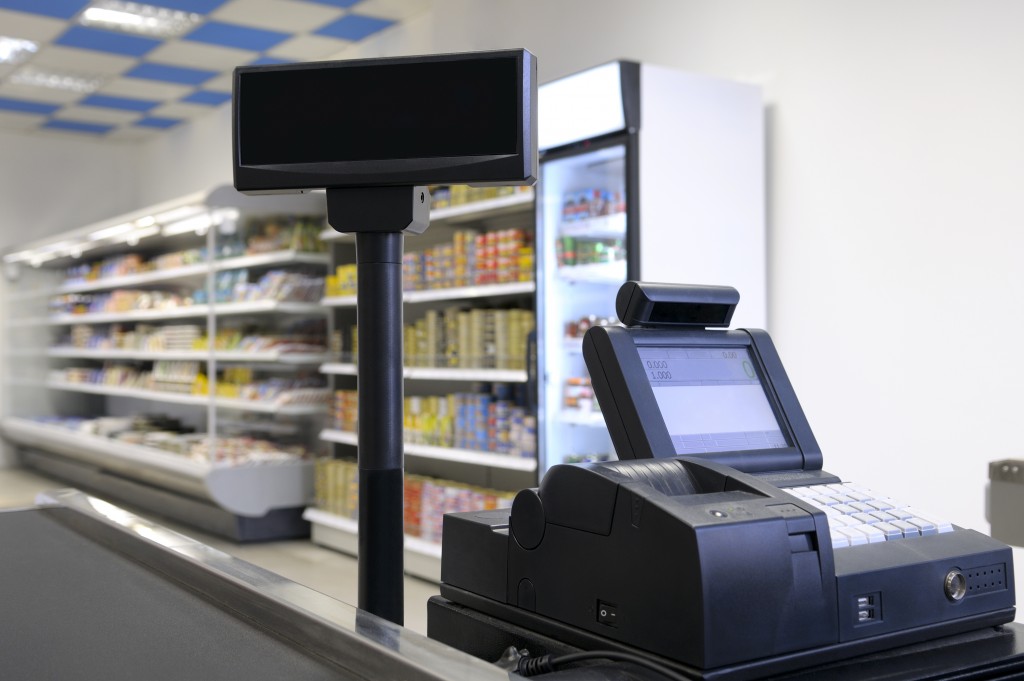A product’s distribution line is the path that a product takes from the manufacturing stage to the consumer. An optimized distribution line is essential to ensuring that your product reaches your target market promptly and efficiently. Here are six ways to optimize this critical phase in the process:
1. Define your target market.
The first step to optimizing your product distribution line is to define your target market. You need to have a clear understanding of who your target market is and what their needs are. This will help you determine the best way to reach them.
For example, if your target market is businesses, you will need to spread your product through wholesalers or distributors. You must distribute your product through retailers if your target market is consumers.
In addition, you need to consider the geographic location of your target market. This will help you choose the right ways to reach them.
2. Choose the right distribution channel.
Once you have defined your target market, you need to choose the right distribution channel. The type of distribution channel you choose will depend on the product you sell, your target market, and your budget. There are four main types of distribution channels: direct, indirect, selective, and intensive.
Direct distribution means you sell your product directly to the customer without using intermediaries. This is the most efficient way to reach your target market, but it can be expensive.
Indirect distribution means using intermediaries to sell your product to the customer. This includes selling through wholesalers, distributors, or retailers. This type of distribution is less expensive than direct distribution. Still, it is less efficient because there are more middlemen involved.
Selective distribution means that you carefully choose your intermediaries. This type of distribution is more expensive than indirect distribution, but it is more efficient because you have fewer middlemen involved.
Intensive distribution means selling your product through as many channels as possible. This is the most expensive type of distribution, but it is also the most efficient because you are able to reach the broadest possible audience.
3. Consider your budget.
While there are many ways to optimize your product distribution line, some methods may be more expensive than others. It’s essential to consider your budget when choosing a distribution method for your product.
The best way to do this is by conducting a cost-benefit analysis. This will help you determine whether the benefits of a particular method of distribution are worth the costs. In general, the more efficient a method of distribution is, the more expensive it will be. However, there are ways to optimize your product distribution line without breaking the bank.
For example, you can use data analytics to optimize your product distribution. This can help you identify bottlenecks in your distribution process and make necessary adjustments to improve efficiency.

4. Streamline your manufacturing process.
The manufacturing process can significantly impact the efficiency of your product distribution. If your manufacturing process is not efficient, it will slow down the entire distribution process.
To streamline your manufacturing process, you need to identify bottlenecks and inefficiencies. Once you have recognized these issues, you can make changes to improve the efficiency of your manufacturing process.
In addition, you need to ensure that your manufacturing process can meet your target market’s demand. If your manufacturing process cannot keep up with demand, it will cause delays in your product distribution.
5. Automate packaging.
Packaging is an integral part of the product distribution process. If your packaging is inefficient, it can cause delays in your distribution. To optimize your packaging, you need to automate as much of the process as possible.
This includes using packaging automation services to pack and ship your products. This will help you save time and money and also ensure that your packaging is durable and easy to use.
In addition, you need to make sure that your packaging is designed for your target market. For example, if you are selling products to customers in different countries, you need to ensure that your packaging meets the requirements of each country.
6. Test and measure.
Once you’ve implemented a plan for distributing your product, testing and measuring the results is essential. This will help you determine what is working and what isn’t so that you can make necessary adjustments.
The needs of your target market can change over time, so it’s essential to be flexible in your approach to distributing your product. By being open to change, you’ll be able to adapt as the needs of your target market evolve.
Product distribution is an essential part of any business, but it’s often overlooked in the early stages of planning. By following these tips and optimizing your product distribution line, you can ensure that your product reaches your target market the most efficiently and effectively.

